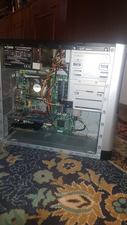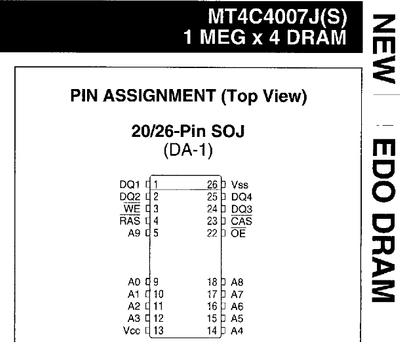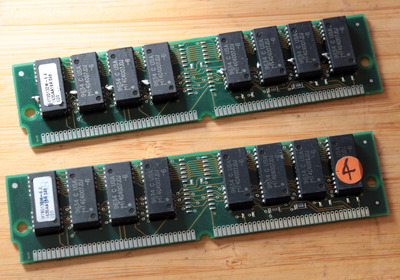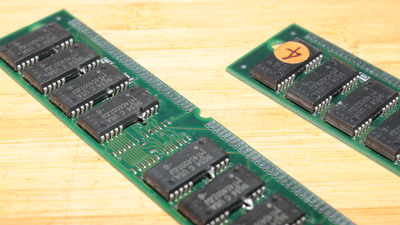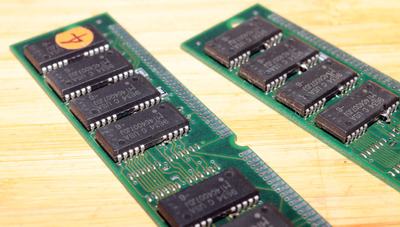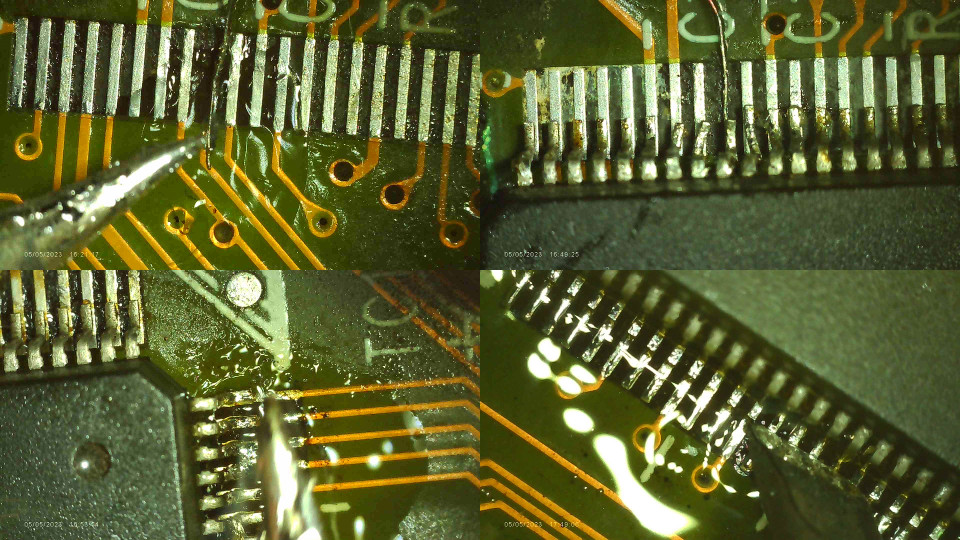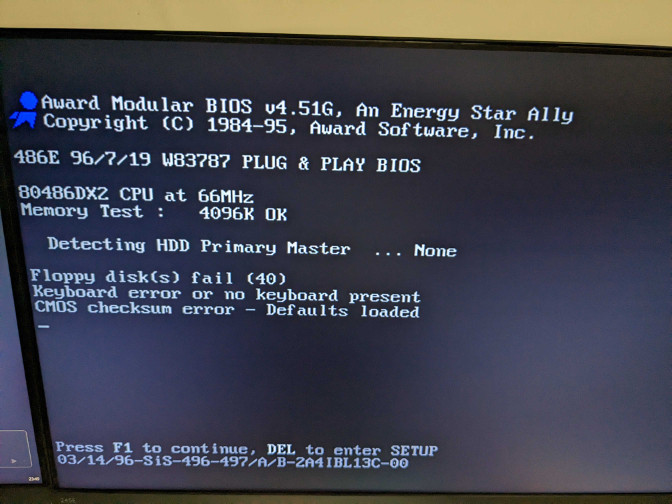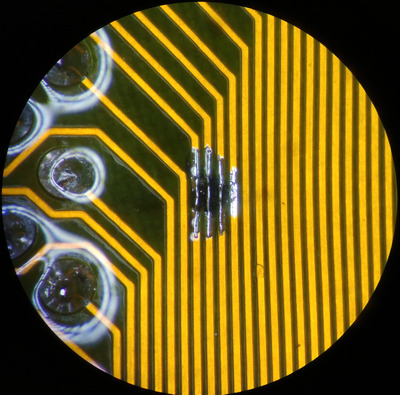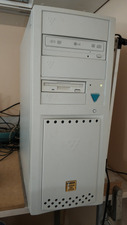Reply 24300 of 27420, by Ozzuneoj
- Rank
- l33t
Uhg... I've got this "problem"...
I have a hard time figuring out how many old floppy disks to keep.
I have finally managed to figure out what I have, copy the contents of anything that has any chance of not being available online, putting the good disks in a box to get rid of and chucking the obviously bad disks... but I still have a ton of them! (And don't worry, any that are good that I don't intend to keep will be going in a lot of used disks to sell... not in the garbage. I just need to clear out the space).
I am planning to keep all of the 720K 3.5" floppies because I don't have that many and I find that they are super robust and are far less likely to be defective (probably due in part to the less dense data, but they are just plain heavier and rarely make bad sounds while spinning).
I deleted the contents on probably 25 360K 5.25" disks to keep them as blanks, but then when I realized that like 60 more 5.25" disks were almost all filled with partial .arc files of very common programs (dbase, autocad, orcad, etc.) that didn't need to be preserved AND they were basically all readable except for maybe 3... I'm having a very hard time getting myself to just dump these in a lot of disks on ebay when they are apparently built well enough to last 40 years in storage (all written in the mid 80s), and at some point I just won't be finding more of these.
I have probably 15 or so brand new 5.25" floppies. What has me wanting to keep all the used ones though is that up till now 98% of my "retro computing" has been with systems that have hard drives and at least the option of 3.5" drives (or other storage), so there's a good chance I'll be using far more of these as I start tinkering with older PCs. I own a couple of Apple IIe systems that I intend to dabble with more in the future... if an Apple IIe can use the same disks as a PC (after formatting of course), then I definitely feel like I should keep the extra disks so I can copy games to them. The same goes for any other types of machines I may get in the future. I know there are differences between single sided and double sided, but can older PCs with 5.25" drives basically all use the same disks that a PC would format as 360K? I believe every one of the disks I have tested recently is DS DD or at least formatted to 360K.
As far as 1.44MB 3.5" floppies go, I have... *counting*... oh wow... 175 Imation disks brand new in package, 50 Fujifilm brand new in package and a largish (maybe 200 count?) box of really generic looking ones that are also brand new. I will never ever use this many... but part of me is also concerned that at some point the materials these newer disks are made of will simply deteriorate and they'll all be dead, whether they're used or not. I know that the quality of floppies dropped over time, and these are all definitely newer ones... but when I look at the space taken up by yet more old used floppies with writing all over them, it seems kind of ridiculous to hang onto them while also hording almost 500 brand new ones. 🤯
And just to be clear... I don't buy these things. Almost every one of these disks I'm talking about now have been given to me in the past 7-8 years since I started collecting this stuff. Both the new ones and the old ones.
What I'll probably do:
Keep a small pile of the best looking brand name 3.5" used disks just so I don't feel incredibly stupid later if all the new ones end up being junk.
Keep as many of the 5.25" disks as I can reasonably store in one container without taking up more space (looks like about 90 used ones in sleeves, and 15 new ones)... as well as a bunch of extra sleeves, because... I have no idea. 🙁
... ugh, and all this will leave me with a few really nice but totally empty disk containers if I sell a whole bunch of disks online. 🤯 (Obvious solution is to then get rid of the containers... but they aren't exactly worth much, and why would any self respecting retro PC enthusiast want to get rid of floppy disk containers that could be filled with game disks later?? Amirite??)
Now for some blitting from the back buffer.
